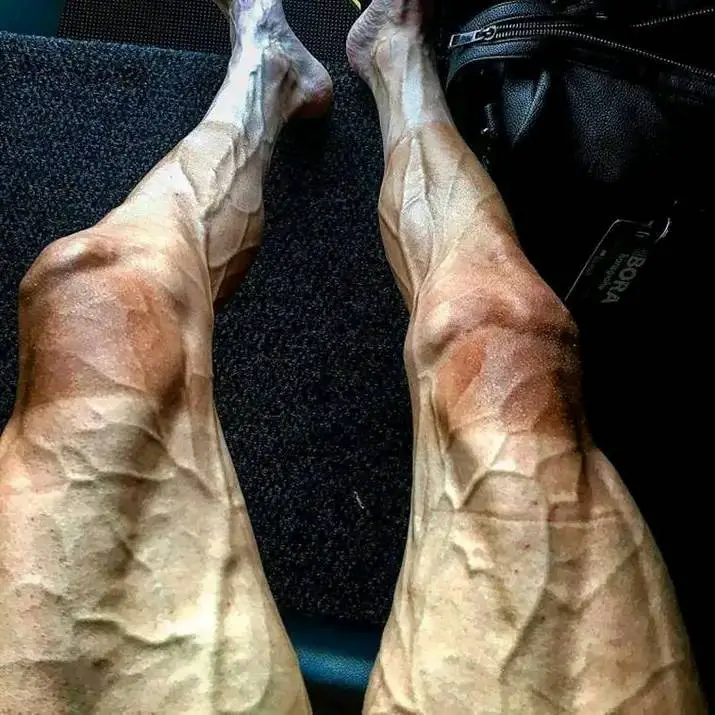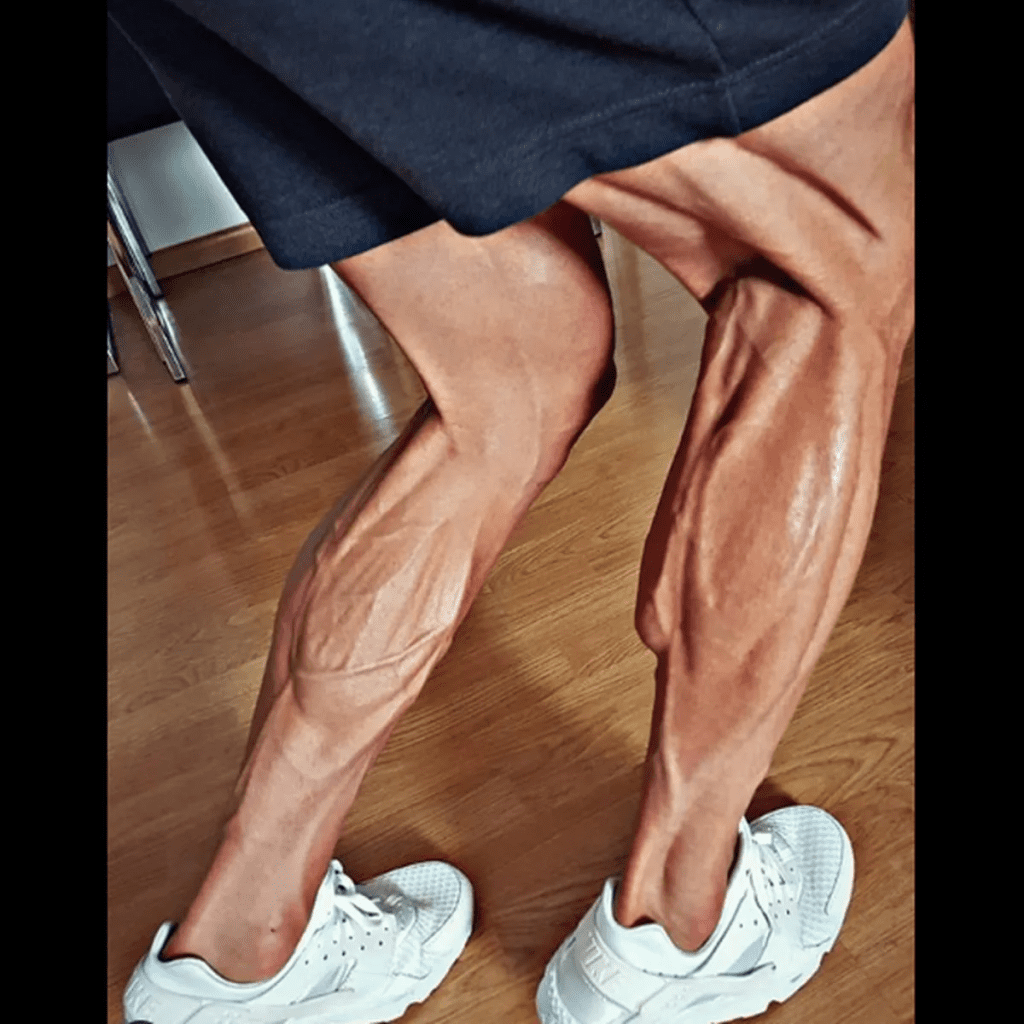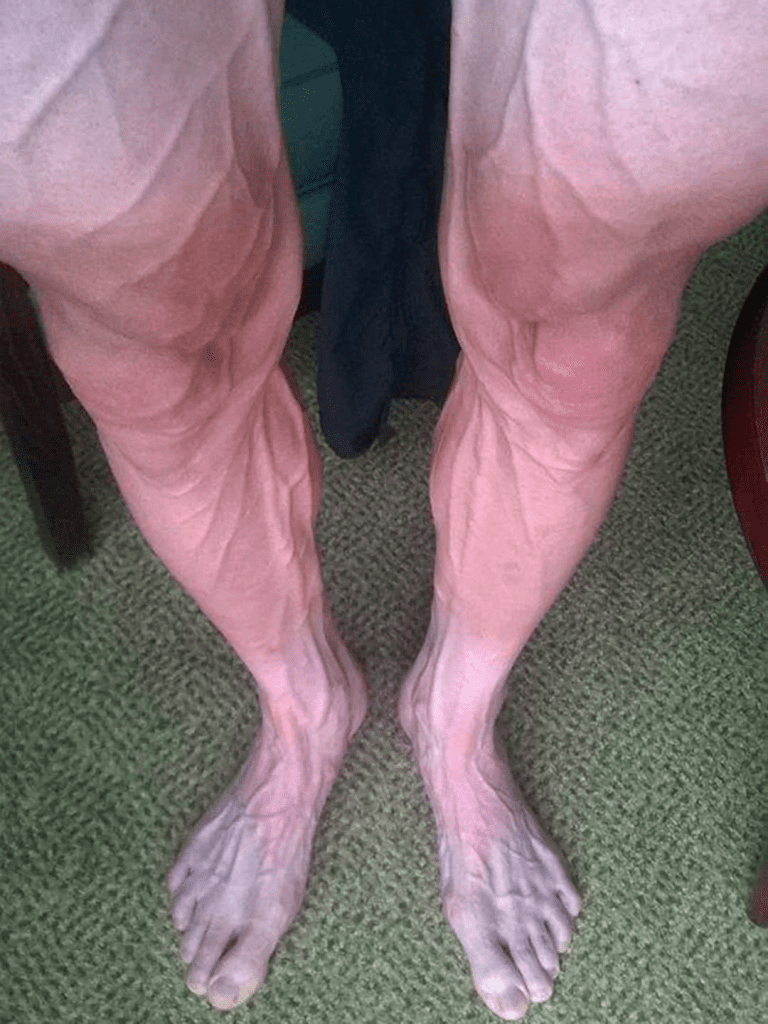The Tour de France is more than just a race—it’s a grueling test of endurance, skill, and sheer willpower. For three intense weeks, professional cyclists push their bodies to the limit, covering thousands of kilometers through challenging terrains, steep climbs, and high-speed sprints. But while the glory of crossing the finish line is undeniable, the physical toll on their bodies, especially their legs, is equally remarkable. Let’s dive into what happens to a cyclist’s legs after enduring one of the toughest races on Earth.

Unveiling the Transformation: Cyclists’ Legs Post-Tour
Cyclists’ legs undergo astonishing changes throughout the Tour de France. From increased vascularity to pronounced muscle definition, these transformations are a testament to the intense physical demands of the race. Here’s a closer look:
1. Exceptional Muscle Definition
Cyclists are known for their powerful legs, but the Tour takes their muscle definition to the next level. The quadriceps, hamstrings, and calves become incredibly sculpted due to the repeated strain of pedaling for hours on end. These muscles adapt to the constant workload by growing stronger and more defined, creating an appearance that’s both impressive and intimidating.
This change isn’t just cosmetic—it’s a reflection of their bodies adapting to the rigors of the race. With every climb and sprint, the leg muscles endure micro-tears, which repair and grow stronger during rest periods.
2. Vascularity: The Roadmap of Veins
One of the most striking features of a cyclist’s legs after the Tour is their vascularity. The intense cardiovascular demand of cycling forces blood vessels to expand, resulting in veins that appear more pronounced and visible. This effect, combined with a significant reduction in body fat, gives their legs a roadmap-like appearance.
Vascularity isn’t just a visual byproduct; it’s a sign of an efficient circulatory system. The body adapts to supply oxygen-rich blood to the working muscles faster, enhancing endurance and performance.
3. Leaner Physiques and Minimal Body Fat
By the end of the Tour, most cyclists display extremely lean physiques. The relentless cycling and calorie expenditure strip away excess body fat, leaving behind only the essentials. Their legs, in particular, reflect this transformation, with shredded muscles and almost no visible fat.
This reduction in body fat isn’t solely aesthetic. For professional cyclists, every gram matters, as a lighter body weight can mean better performance on steep climbs and long stages.

4. Swelling and Inflammation
Despite their resilience, cyclists’ legs don’t escape unscathed. Many riders experience swelling and inflammation due to the constant strain of daily racing. Fluid retention in the lower extremities and micro-tears in the muscle fibers contribute to this temporary condition. Recovery tools like compression garments, ice baths, and massage therapy become essential in managing these effects.
5. Tendon and Ligament Stress
The repetitive nature of cycling places immense stress on tendons and ligaments, particularly in the knees and ankles. Over the course of the Tour, these structures endure significant wear and tear, sometimes resulting in soreness or minor injuries. Cyclists rely on physiotherapy and tailored recovery routines to maintain joint health and avoid long-term damage.

The Tour’s Physical Toll Beyond the Legs
While the legs bear the brunt of the Tour’s challenges, the race impacts the entire body. Cyclists face dehydration, caloric deficits, and mental exhaustion as they navigate the demanding stages. Here’s a glimpse into the broader toll:
- Dehydration: Even with constant hydration, the sheer amount of sweating during the race leads to a loss of essential fluids and electrolytes.
- Caloric Burn: Cyclists burn upwards of 5,000-7,000 calories per day, requiring a careful balance of nutrition to sustain their energy levels.
- Mental Fatigue: The pressure to perform, strategize, and stay focused for hours on end takes a toll on the riders’ mental health.
What It Takes to Build Tour-Ready Legs
The transformation of a cyclist’s legs doesn’t happen overnight. It’s the result of years of training, dedication, and preparation. Let’s explore what goes into building legs that can endure the Tour de France.
1. Rigorous Training Regimens
Cyclists follow strict training routines that combine long rides, interval training, and strength-building exercises. Their focus is on enhancing endurance, power, and recovery. Months of preparation ensure their legs are ready for the punishing demands of the Tour.
2. Strategic Race Tactics
The Tour’s stages vary widely, from flat sprints to mountainous climbs. Cyclists must adapt their pace and effort based on the terrain, requiring a deep understanding of when to conserve energy and when to push hard. This strategy also plays a role in how their legs respond and recover.
3. Legendary Cyclists and Their Impact
Some of the greatest cyclists in history—Eddy Merckx, Bernard Hinault, and Chris Froome—have demonstrated what’s possible with strong, conditioned legs. Their performances have inspired countless athletes, proving that preparation and determination are key to success.

A Symbol of Perseverance and Resilience
The state of a cyclist’s legs post-Tour de France is a powerful reminder of the human body’s ability to adapt and endure. These transformations are more than just physical changes—they’re symbols of the resilience and determination required to complete such an extraordinary feat.
For fans, the sight of these weathered, powerful legs serves as a testament to the grit and dedication of professional cyclists. It’s a vivid representation of the sacrifices and triumphs that come with pursuing greatness.
Conclusion: A Lasting Legacy of Endurance
The Tour de France isn’t just a race—it’s a journey of perseverance, strength, and transformation. The physical changes in a cyclist’s legs are a visual narrative of the challenges they’ve overcome and the limits they’ve pushed. From shredded muscles to vascular roadmaps, these legs tell a story of relentless effort and unwavering commitment.
For those who watch in awe, the Tour de France remains a celebration of human potential. And for the cyclists, their legs stand as enduring proof of what it takes to conquer one of the toughest races in the world.